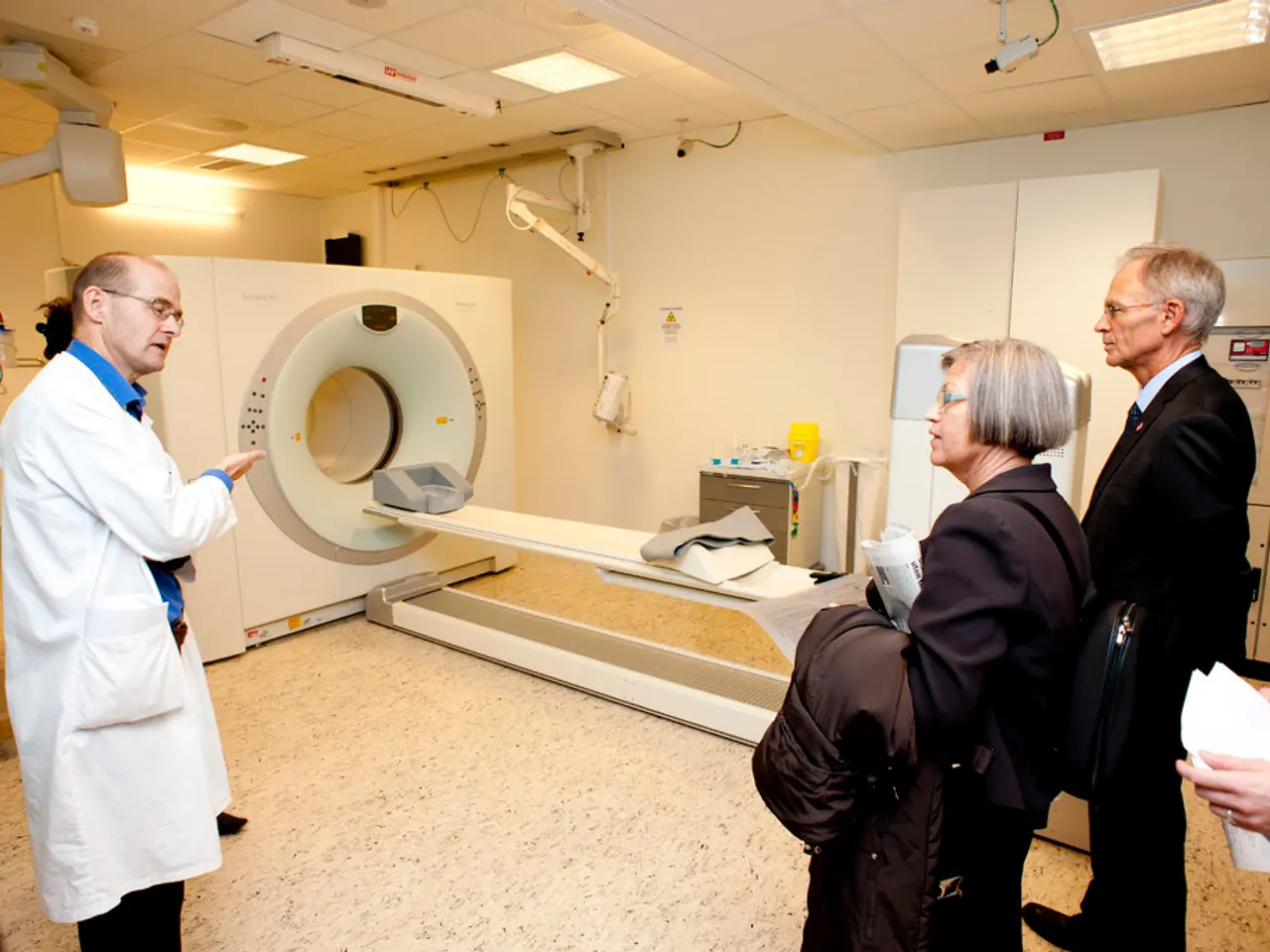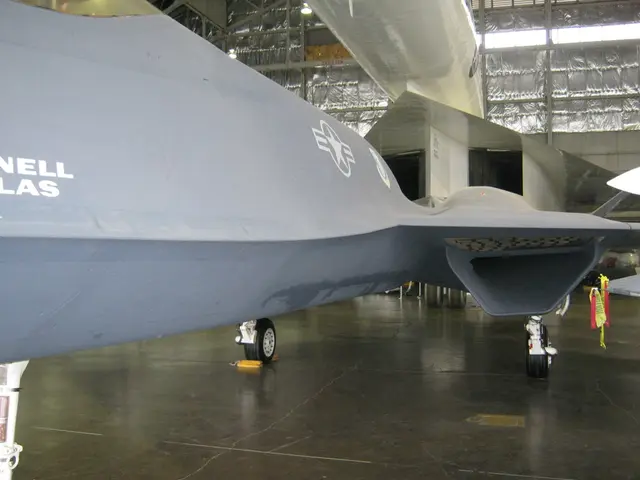Streamlining Healthcare Services: A Guide to Unified Care Provision in Healthcare Organizations
Virginia Mason Franciscan Health, a leading healthcare system based in Washington, unveiled its Mission Control Command Center in June 2019. This innovative technology, a collaboration with GE Healthcare, has proven to be a game-changer, delivering a fourfold return on investment (ROI) and providing essential support during the COVID-19 pandemic.
The Command Center renders analytics from across the organization, helping to coordinate resources more effectively and leading to efficiency gains. According to Matt Metsker, division director for Mission Control and virtual health services at Virginia Mason Franciscan Health, the Command Center was indispensable during the pandemic.
The pandemic increased the average length of stay for patients at Oregon Health & Science University (OHSU), but the hospital had already created the equivalent of 20 new hospital beds through increased efficiencies thanks to its command center. OHSU, which launched its command center in 2017, was able to place more than 1,200 patients with partner locations, doubling the number from the first year.
The Johns Hopkins Hospital, which deployed a command center in 2016, has since fielded requests from hundreds of other organizations to visit and learn more about the technology. Johns Hopkins Hospital's command center uses 34 workstations, 30 virtual machines, and live video from 1,200 security cameras.
Several hospitals worldwide, including Johns Hopkins Medicine and UCLA Health, have implemented command centers in recent years. These centers use real-time data to coordinate resources, leading to efficiency gains such as reduced patient wait times, improved bed management, and enhanced surgical throughput. Specific reported efficiency improvements include decreases in emergency department boarding times by up to 30%, increased operating room utilization, and reduced length of hospital stays.
Virginia Mason Franciscan Health's command center has expedited 464 exams, created tertiary hospital capacity, prevented 90 patients from traveling to outlying facilities, identified and addressed critical patient safety concerns in real time on 739 occasions, converted 256 patients from observation to inpatient status, and mitigated 581 patient surgeries and procedures.
The analytics engine, developed by GE Healthcare, is served from the cloud over a private network connection to the hospital using Microsoft Azure ExpressRoute. This technology has been instrumental in streamlining operations during the pandemic, as demonstrated by a KLAS Research report.
Before the command center, OHSU managed patient numbers on papers and whiteboards. Dr. Matthias Merkel, OHSU's senior associate chief medical officer for capacity management and patient flow, emphasized the transformative impact of the Command Center.
Oregon Health & Science University was not alone in reaping the benefits of the Command Center. The hospital was able to assess bed capacity when halting elective surgeries during the pandemic, ensuring that critical resources were available where they were needed most.
In conclusion, the Command Center has proven to be a valuable asset for healthcare systems worldwide, particularly during the COVID-19 pandemic. By using data to improve practices, these Command Centers have helped to streamline operations, increase efficiency, and provide crucial support during challenging times.
Read also:
- Understanding Hemorrhagic Gastroenteritis: Key Facts
- Expanded Community Health Involvement by CK Birla Hospitals, Jaipur, Maintained Through Consistent Outreach Programs Across Rajasthan
- Abdominal Fat Accumulation: Causes and Strategies for Reduction
- Deepwater Horizon Oil Spill of 2010 Declared Cleansed in 2024?








